First things first: We gotta get rid of Richard Gere. It is nothing personal. I just have a hunch if we take Richard Gere out of the equation, then the story of Hachiko, the Japanese Akita who became world famous for his loyalty, will magically retain all its historical details, so many of which were flipped upside down and belly spanked in the 2009 movie, Hachi: A Dog’s Tale, starring … Richard Gere.
Just look what happens by simply removing Richard Gere: New England becomes Tokyo again; a J. Crew-catalog version of “the present day” reverts back to the 1920s; Hachiko does not reunite with his owner at the end because, well, his owner is dead, and that would be infantile; and, most importantly, Hachiko’s owner is a college professor, not a male escort (though I may have confused my Richard Gere movies here).
Now, having watched all the Hollywood elements disappear into the air like a witless come-on, we can finally get down to talking about Hachiko — the real Hachiko — and why he matters. Oh, and yes! If she’d like, Joan Allen is invited to stay in our story.
Hachiko was born in Tokyo in 1923. The next year he was adopted by Hidesburō Ueno, a professor at the University of Tokyo. The two would end their day together by meeting at a train station in Shibuya, in the heart of the city. Hachiko would then follow the professor home. Though only a year into this routine, Ueno died suddenly, suffering a cerebral hemorrhage. Hachiko kept their dates, however, showing up nightly at the station for what observers began to think of as a vigil. It was one of Ueno’s students who first wrote Hachiko’s story, publishing at least one account in a Tokyo newspaper.
From there, Hachiko’s legend was set. It’s arguably the most famous of the countless canine loyalty tales that seemed to sprout around this time, all with their own regional bent. The oldest of these is perhaps equally famous. It’s Greyfriars Bobby, the Skye Terrier who lived out the last 14 years of his life guarding his owner’s grave in Scotland (though recent evidence disputes some of the essential facts of this story). The Pacific Northwest, where I’m writing from, has its own loyalty tale, Bobbie the Wonderdog, set around the same time as Hachiko’s life.
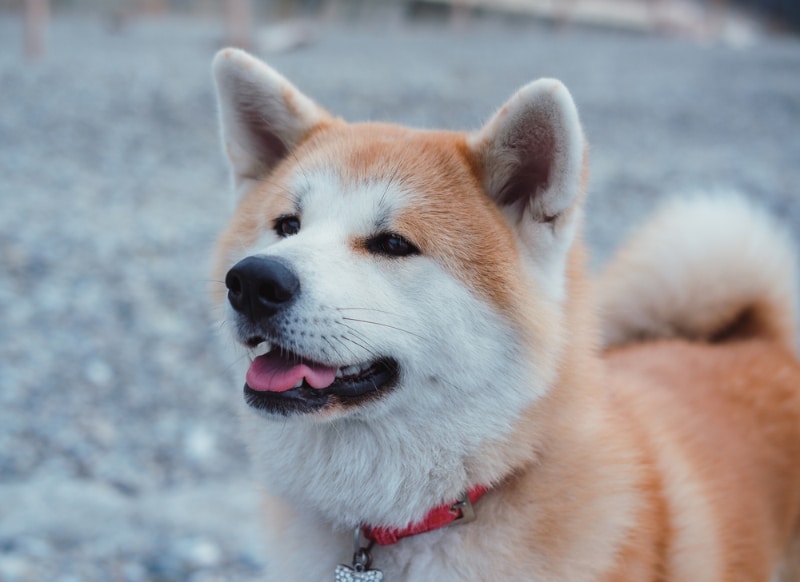
My favorite of this kind of (mostly) true story, however, is about Fido, the Italian street dog whose owner died in a bombing raid in 1943. Just like Hachiko, Fido returned to his master’s meeting place, a bus stop, every day at the same time for the remaining years of his life. This is one of the lesser known of these tales, its brief moment of fame coming with Fido’s own death in 1957. I suspect Fido’s story is obscured by the fact that when his master died, we were at war with his country.
There is something about a son of Mussolini inspiring the same fidelity as a kindly agriculture professor in Tokyo that runs a little deeper. There is a richer lesson here, something to do with the heart’s limitations, which in the end is probably also its greatest strength. How it can seize upon something or someone without prejudice. We call it faithfulness and have honored Hachiko and his brethren as symbols of loyalty.
But I’m not so sure this is right. Loyalty takes an inner strength, a mental commitment fortified by emotional resolve. It’s a choice we make. I don’t think this is what circulated through Hachiko, Bobbie, Bobby, or Fido when they were drawn to their masters the way they were. At any rate, this isn’t what we admire about them — loyalty is the wrong word. When we think of these dogs and their vigils, we recognize in them acts of total surrender. And we are touched by them, because we know we are either too sophisticated — or not sophisticated enough — to ultimately achieve such a thing ourselves.
Not even with Joan Allen to come home to.
See Also:
- 10 Dogs in Literature That Are Famous from Books
- 13 Dogs in Animated Films: Famous Characters to Enjoy
Featured Image Credit: Kristina Chizhmar, Shutterstock
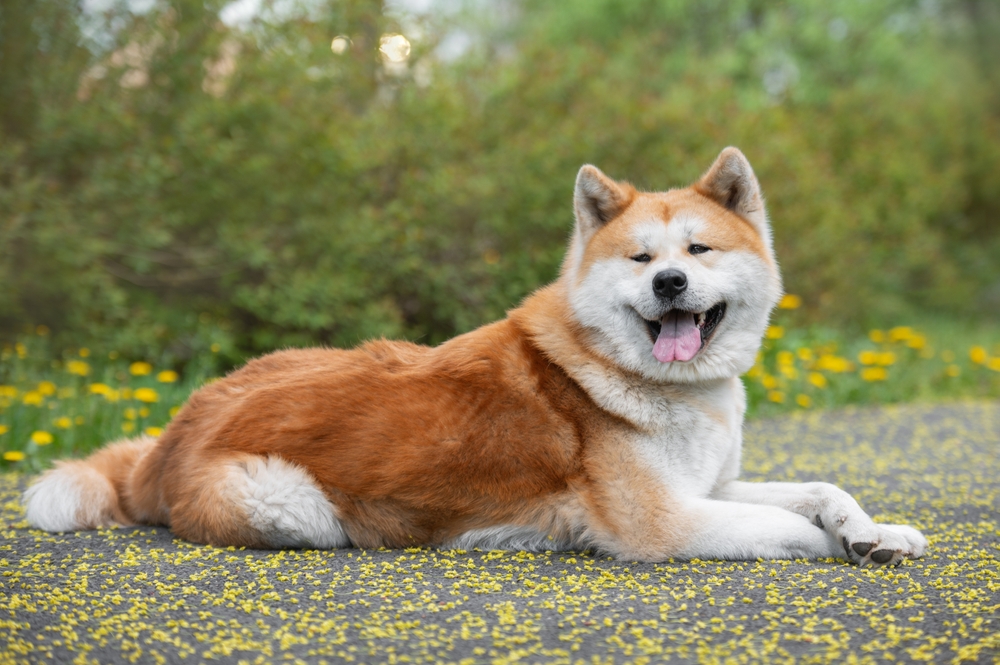

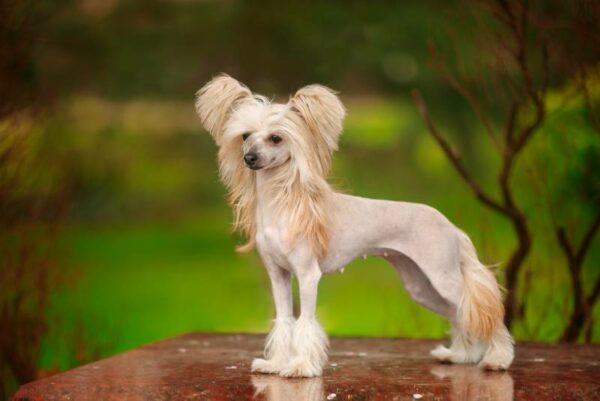
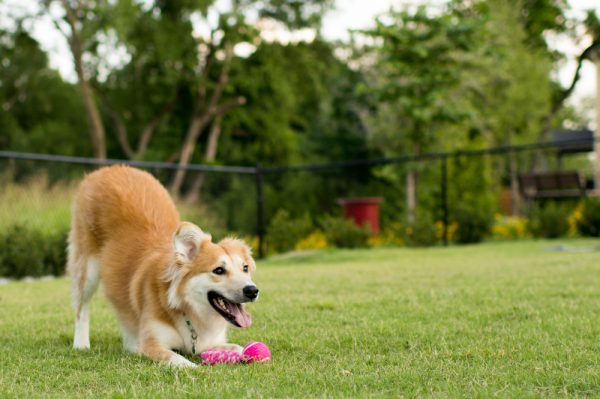


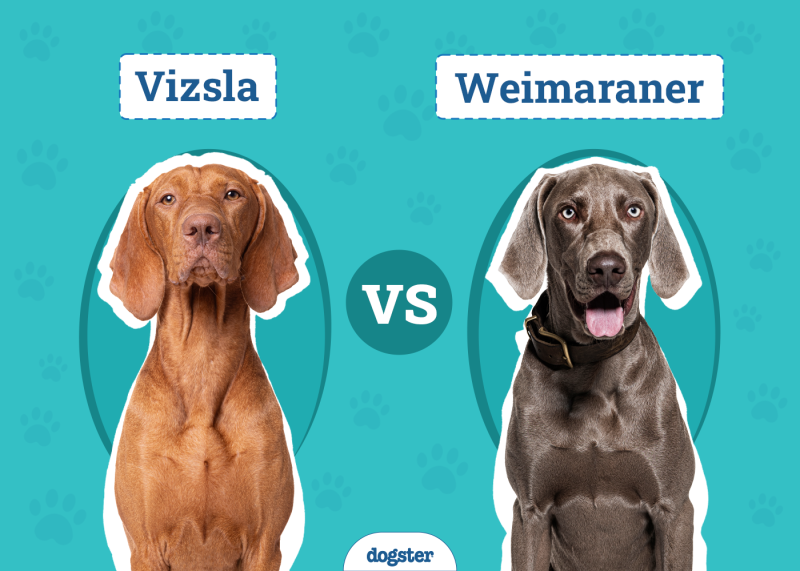


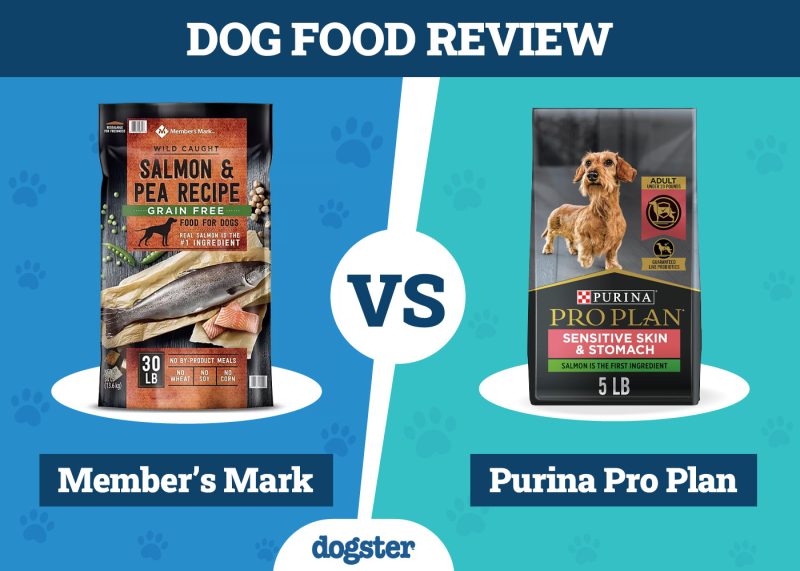

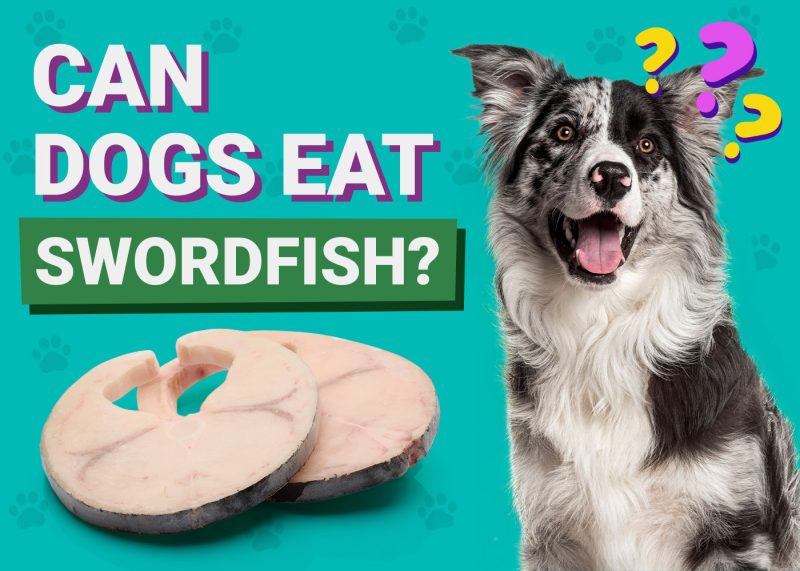







9 Responses
Hachiko wasn’t just a pet he was family. He lived close to the professor, had his own space near Ueno's room, and was reportedly part of family gatherings. This emotional closeness is what many believe led to Hachiko's remarkable loyalty after Ueno's death. The devotion wasn’t one-sided; it was rooted in a bond built on love, care, and companionship.
professor did have special feelings for Hachiko, and that deep connection was felt by everyone around them.
While exact numbers like Professor Ueno having more than 16 dogs aren’t definitively recorded in official biographies, it is well acknowledged by researchers and those who’ve studied Hachiko’s story (including Keita Matsui, as you mentioned) that Hachiko held a very special place in Ueno’s heart.
Many sources confirm that Professor Ueno had owned several dogs throughout his life, but none bonded with him the way Hachiko did. Their connection was especially deep, and people close to the professor, as well as modern historians and curators, often note this unique bond.
Keita Matsui, curator of the Shirane Community and Literary Memorial Museum, has indeed emphasized that Hachiko was more than a pet he was truly like a son to Ueno. He received a special spot near Ueno’s room and was part of daily routines and family moments. After Ueno’s sudden death, Hachiko’s unwavering loyalty only confirmed how strong that mutual attachment was.
Hachiko was Ueno’s favorite and that their relationship was different from any Ueno had with his previous dogs. That’s part of what makes their story so enduring and universally touching
Tell me, is it true that when Hachiko arrived at Hidasubro Ueno's house, he already had two dogs, John and S? Is it true that in his entire life the professor has never felt the same feelings for any of his dogs as he does for Hachiko?
Hello there,
thank you for your question. Yes, according to some sources, professor already had two Pointers at home. However, we are unable to comment on professor's feelings, due to his sudden untimely passing.
I found this information on the Internet. There is a difference in the way Hachiko was treated compared to other dogs that made Hachiko stand out from Professor Ueno's other pets. Historical accounts of people confirm this.Hachiko waited for about 10 years for Dr. Ueno, who never returned.
We spoke to curator Keita Matsui about his charm in detail.
~ Strong bond with Dr. Ueno ~
Curator Keita Matsui
"Hachiko was given to us in 1924, the year after the Great Kanto Earthquake. Aftershocks from the earthquake were still continuing, and the train carrying Hachi stopped every time, so the transportation took more than 10 hours. It was also a very cold January, and Hachiko was quite weak when he arrived at Dr. Ueno's house. So Dr. Ueno took Hachiko to his home and shared meals with him, and also took care of him while sleeping in his own bed. Whenever Hachiko had a fever or diarrhea, Dr. Ueno gave him medicine, so he showered love on Hachiko like his own child, and Hachiko probably thought of Dr. Ueno as a father."There is an article by a Japanese TV company, which says that the professor treated Hachiko in a special way Keita Matsui, a curator at the Shibuya Ward Shirane Memorial Museum of Local History and Literature, who has been researching Hachi and has met with over 200 people related to Dr. Ueno, including his family, says that Hachi was a special dog to Dr. Ueno.
Keita Matsui, Curator
"Before he had Hachi, Dr. Ueno had an Akita dog, but it is said that it did not thrive. That's why, unlike his two pointer dogs, he placed his doghouse on the veranda of his room, and even during cherry blossom viewings held at the Ueno residence, where a cherry tree was planted, Dr. Ueno would put Hachi on his lap and dote on him, so I think he had a special feeling for Hachi." There is also information that Esu, one of Professor Ueno's dogs, was jealous of him towards Hachiko, feeling that Ueno loved the newcomer more than his other dogs. Is this really so?
I've had a quick look and it does appear to be true. The story of Hachiko is well-documented, so luckily there is a lot of information out there. 🙂
Tell me, is it true that Professor Ueno had more than 16 dogs in his life, but it was with Hachiko that he developed such a special relationship? Is it true that Hachiko was the professor's favorite and that he loved him more than his other dogs?
Hi Светлана! Yes, that is true that Professor Ueno had more than 16 dogs, but Hachiko was the one he became most emotionally attached to. It is often said that Hachiko was his favorite. 🙂
I think I read that the professor's friends said that there was a special, very strong, spiritual connection between the professor and Hachiko, he loved and spoiled him endlessly, showed special care for him, which was beyond the understanding of many people at that time! They believed that the professor spoiled Hachiko with his special, boundless love! The professor loved Hachiko like his own son, much more than his other dogs, right? And I also read that before Hachiko, the professor had 4 more Akita Inu dogs, but they all died at the age of 1-2 years, and that is why the professor doted on Hachiko, took great care of him, is that true?
Yes, that's true! The bond between the professor and Hachiko was truly extraordinary, and it’s often described as a deep, almost parental love. The professor, Dr. Ueno, had experienced a lot of heartbreak with the earlier loss of his previous Akitas, which made his connection with Hachiko even more special. He had lost four Akitas before Hachiko, all of them dying at a young age, which only made him more determined to care for Hachiko with a kind of devotion that went beyond what many could understand.
Hachiko's loyalty and his eventual waiting at the Shibuya station for Dr. Ueno, even after his passing, reflect the deep, mutual affection they shared. The professor's care and love for Hachiko were indeed so intense that many of his friends and colleagues saw it as a kind of spoiled affection. He truly treated Hachiko as more than just a pet — more like a son, as you said. It's a love story that transcended the usual relationship between humans and dogs, and it left an indelible mark on Japanese culture and beyond.